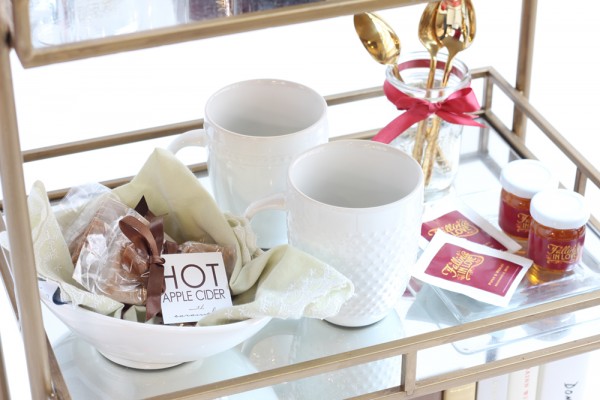October 9th is National Moldy Cheese Day! We wouldn’t usually recommend you to snack on anything moldy – but blue cheese is the exception! Believe it or not, blue cheese is moldy on purpose. Cheese makers introduce edible mold called Penicillium to the cheese by injecting it in with a needle. Blue cheese requires oxygen to grow, so the piercing allows air in while the cheese ages. The injected blue/green mold then forms veins while it ages, giving blue cheese the look we recognize. Since mold is supposed to be present, we realize that it can be hard to distinguish when blue cheese is okay to eat or not. So here are some tips on how to store and use blue cheese, as well as tips to know when to throw out this tangy cheese.

(image credit: Tastyeverafter)
Storing Blue Cheese:
Blue Cheese needs oxygen because of the organisms living on the surface. The best way to store blue cheese while allowing oxygen is to wrap it in parchment or wax paper. Then, loosely wrap it in plastic wrap and of course, store in the fridge. When stored properly, blue cheese is safe to eat for 3-4 weeks.
How To Know When Blue Cheese Has Gone Bad:
If the white part of the cheese has turned a different color including yellow, pink or brown then the cheese is not safe to eat. Be sure to check if the cheese is fuzzy, or slimy at all as well. Either way, it is not safe to eat.
Using Blue Cheese:
Blue cheese tastes great with salads, bread, meat, and vegetables! Check out a few yummy recipes below by clicking the images and celebrate by incorporating blue cheese into one of your meals today! And don’t forget to let us see how you’re celebrating by tagging #MoldyCheeseDay and #beaucoupfavors!
Caramelized Apple And Blue Cheese Crostini

(image credit: Herbivoracious)
Blue Cheese Shallot Butter

(image credit: Sweetannas)
Endive With Pear And Blue Cheese

(image credit: Vanillaandbean)
Pecan, Bacon, And Blue Cheese Green Beans

(image credit: Whitneybond)
Maple Apple, Blue Cheese And Bacon Pizza

(image credit: Foodiecrush)
Blue Cheese Mashed Potatoes

(image credit: Foodiecrush)
For more Everday Celebrations be sure to check out our calendar!



